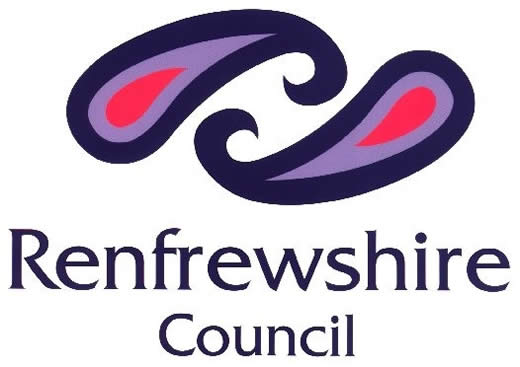Renfrewshire Council to begin radon compliance monitoring programme

Renfrewshire Council is carrying out a compliance programme monitoring for the naturally occurring gas radon at some council buildings and council homes from this summer.
Radon comes from rocks and soil in the ground and is present in the air everywhere. Outdoors, levels are low, but it can accumulate inside buildings.
The monitoring programme is set out in a report for councillors on the Infrastructure, Land and Environment Policy Board which meets tomorrow.
It has been developed in partnership with the UK Health Security Agency (UKHSA) and covers council properties in specific areas where there’s a higher potential for radon.
This comes after the UKHSA and British Geological Survey updated maps estimating the potential for radon and reclassified some areas of Renfrewshire.
Councillor Michelle Campbell, convener of the infrastructure, land and environment policy board, said: “Like any other compliance activity in our buildings, we’re taking the precautionary action to monitor for radon in council buildings and homes in the affected areas so we can determine the actual levels and this will let us know if we need to take any action to reduce them.
“This is required following the reclassification by the UKHSA and it’s important to note this is based on a different statistical model which doesn’t mean a change to the amount of radon being released or the geology in these areas.
“For anyone living or working in Renfrewshire, there’s lots of helpful information and support available from UKradon on their website, including the updated maps to check your building. People can also call their advice line on 01235 822 622.”
The council compliance programme starts in June at 292 ground floor council houses and flats in Bridge of Weir, Elderslie, Johnstone, Paisley and Renfrew.
Tenants in properties where monitoring is planned will receive a letter from us in June followed by a monitoring pack from the UKHSA with simple instructions on what to do.
Monitoring is only effective when a building or home is in use and is done with small, harmless plastic detectors, which are left in place for 3 months before being sent away to the UKHSA for analysis.
Around 15 council buildings are being finalised for monitoring from July and 5 nursery and school buildings will be checked after the summer holidays in August.
Monitoring in nurseries, schools and other council buildings is being carried out by council staff following the normal workplace health and safety process.
Every building has radon, usually at low levels, with the health risk from radon coming from exposure over a long time.
Dr Stan Murray, consultant in Public Health Medicine at NHSGGC, added: “We all breathe in radon every day and it makes up around half of our annual exposure for ionising radiation.
“Long-term exposure to radon is one of several risk factors to lung cancer, but we would like to reassure people that in a recent study, no difference in the apparent risk of lung cancer was found between the radon-affected areas in Renfrewshire and the wider Greater Glasgow and Clyde area over a five-year period.”















